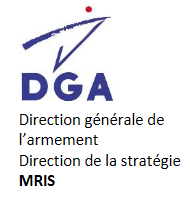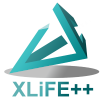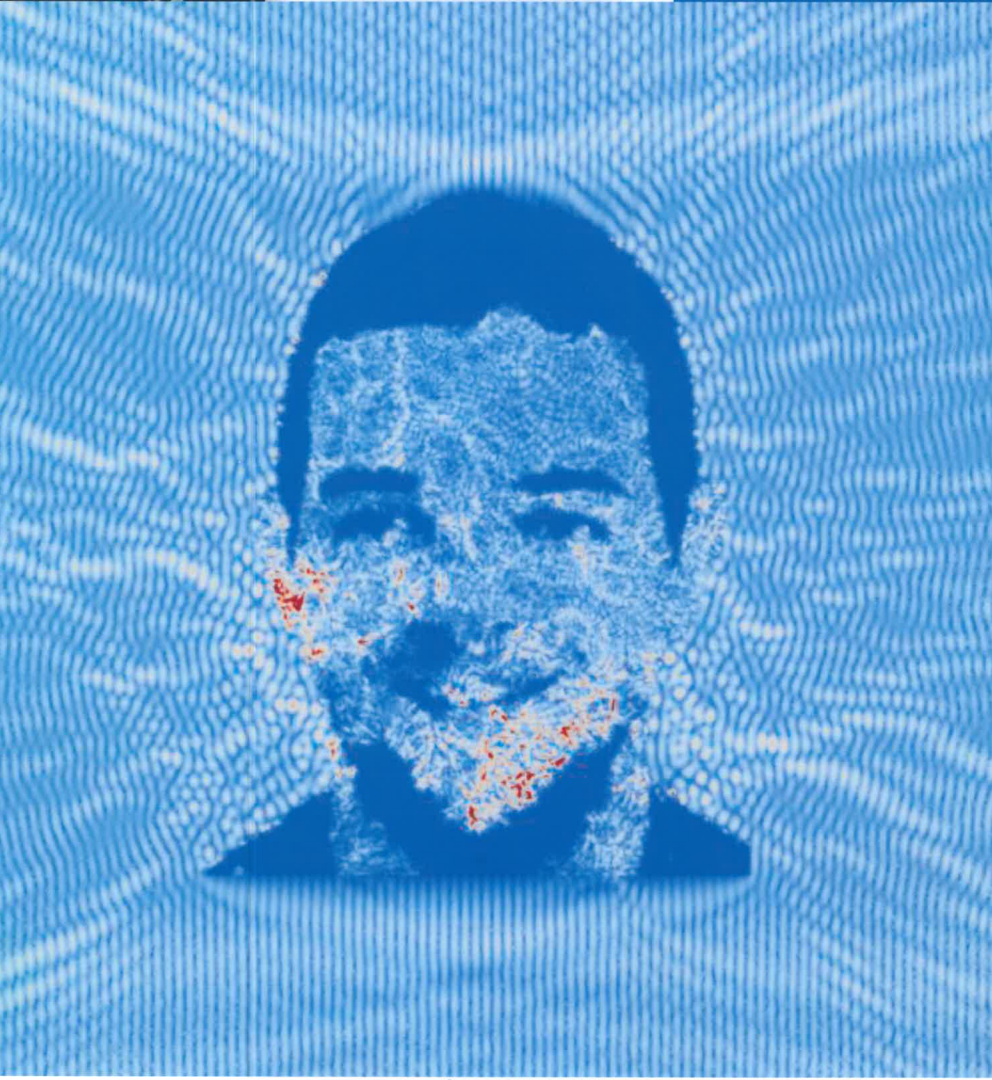Welcome to XLiFE++’s website!#
Partial differential equations (PDE hereafter) are the core of modeling. A wide range of problems in Physics, Mechanics, Engineering, Mathematics, Health, Finance are modeled by PDEs.
XLiFE++ (/ekslaifplʌsplʌs:/) is a C++ library, developed by POEMS laboratory and IRMAR laboratory, designed to solve PDE problems numerically. It is an extended library based on finite elements methods. It is autonomous, providing everything needed for solving such problems, including wrappers to specific external libraries or software products, such as Gmsh, Arpack, UmfPack, … In a nutshell, XLiFE++ is an FEM-BEM C++ library that can solve 1D / 2D / 3D, scalar / vector, transient / stationnary / harmonic problems.
What does XLiFE++ do ?
problem description (real or complex, scalar or vector) by their variational formulations, with full access to the internal vectors or matrices;
multi-variables, multi-equations, multi-unknowns, 1D, 2D and 3D, linear or non-linear coupled systems;
easy geometric input by composite description, to build meshes thanks to Gmsh and OpenCASCADE;
easy automatic mesh generation on elementary geometries, based on refinement methods;
very high level user-friendly typed input language with full algebra of analytic and finite elements functions. Main programs will be very similar to the mathematical formulation;
a wide range of finite elements on segments, triangles, quadrangles, hexahedra, tetrahedra, prisms and pyramids: nodal at any order (excepted on pyramids), edge at any order and few H_2 elements;
a wide range of essential conditions, including periodic and quasi-periodic conditions;
absorbing conditions: DtN, PML, …;
a wide set of internal linear direct and iterative solvers (LU, Cholesky, BiCG, BiCGStab, CG, CGS, GMRES, QMR, SOR, SSOR, …), internal eigen solver, and wrappers to external solvers (Arpack, UmfPack, Eigen, Amos, …);
a multithreaded version using OpenMP;
export to visualization tools such as Gmsh, Paraview, Matlab.
Authors and contributors
authors: Éric Lunéville and Nicolas Kielbasiewicz (POEMS)
main contributors: Colin Chambeyron (POEMS), Daniel Martin, Yvon Lafranche, Éric Darrigrand and Pierre Navaro (IRMAR)
other contributors: Manh Ha Nguyen, Steven Roman, Nicolas Salles, Laure Pesudo, Etienne Peillon, Cédric Baudet (POEMS)
Financial support
Its development has been supported by the SIMPOSIUM European Project (2011-2014)  and DGA/MRIS (2015-2018).
and DGA/MRIS (2015-2018). 
Fig. 1 Harmonic diffraction on faces using FEM-BEM coupling method in XLiFE++.#


